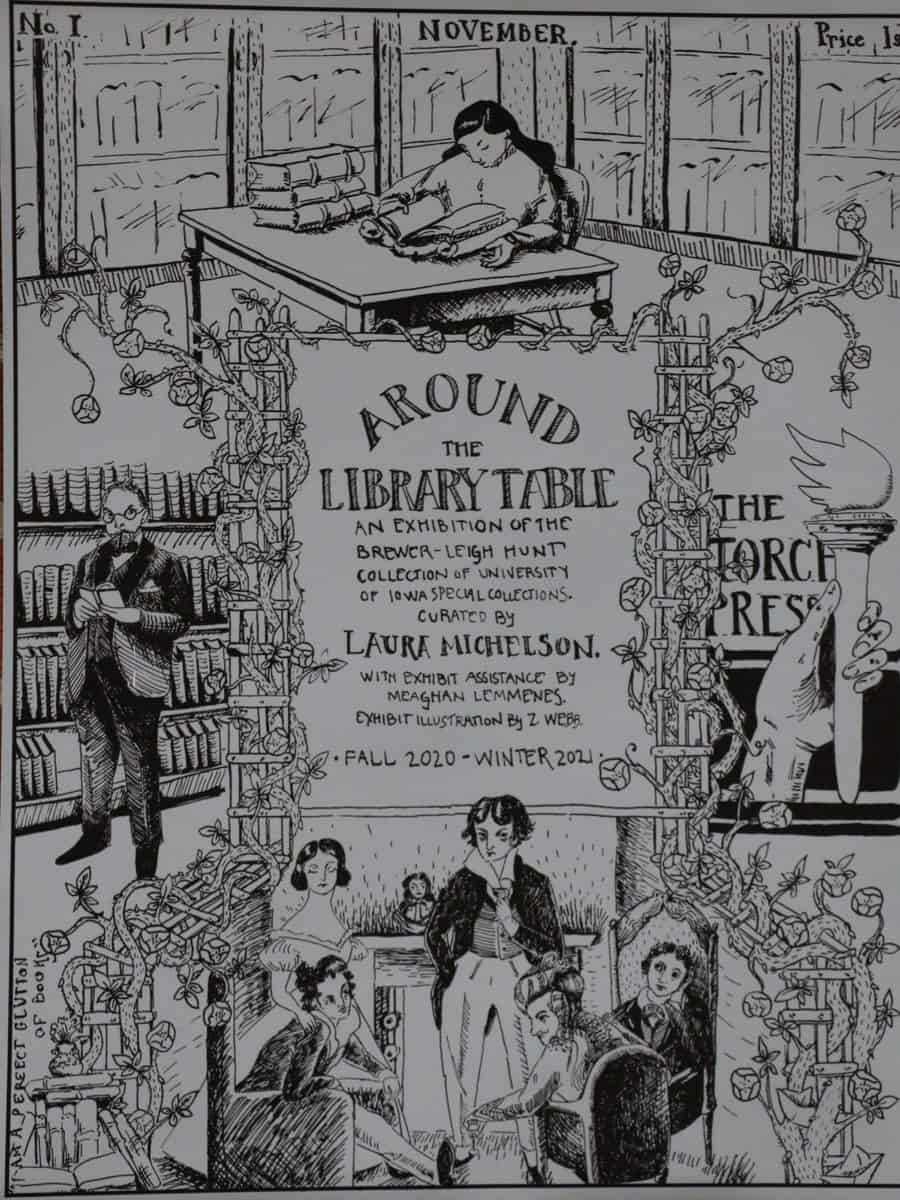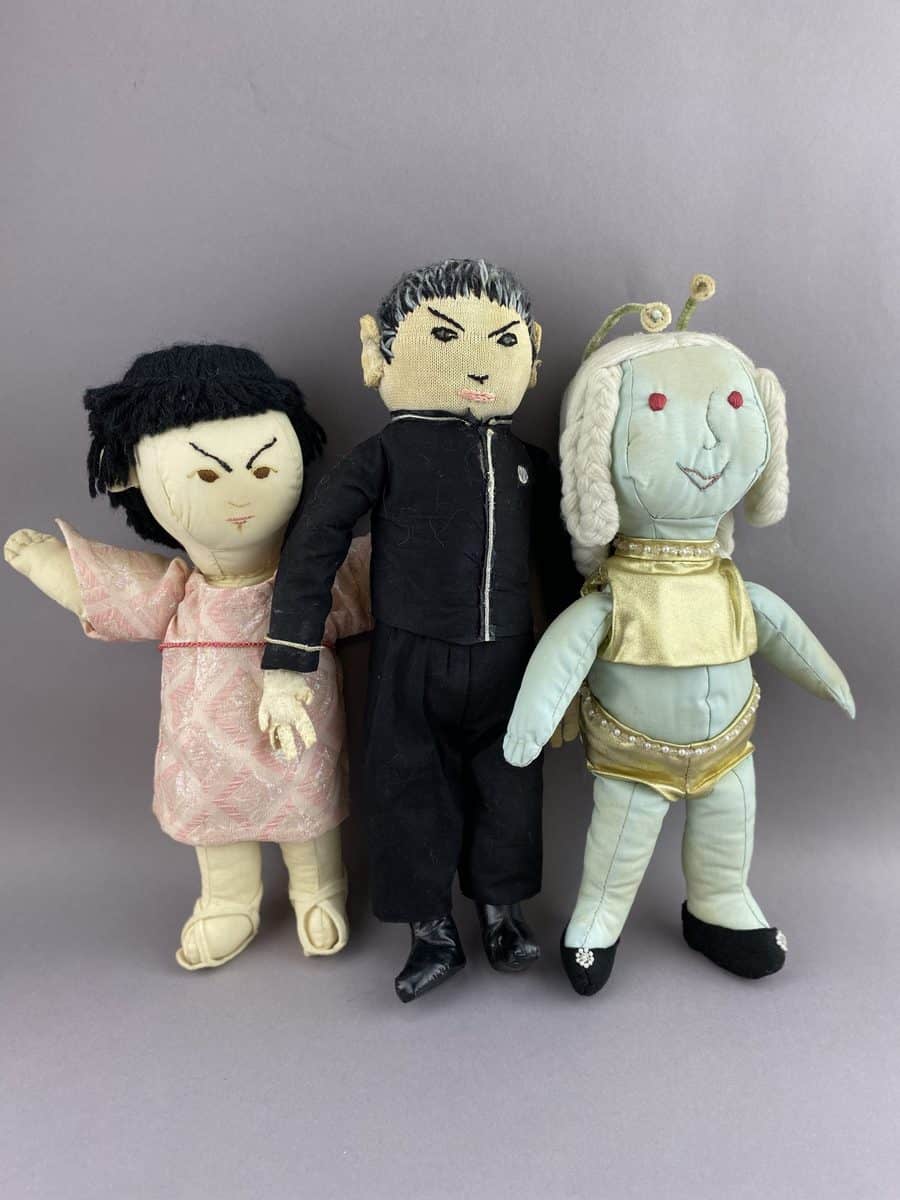Join us as we sit down and discuss around the library table. We will light a fire in the fireplace and share stories from our favorite collection. Grab your favorite piece of classic literature or bring a new story you are writing as we share with you all the life of an English Romantic andContinue reading “Sitting Around the Library Table with Laura Michelson”
Tag Archives: zoe webb
A Virtual Bibliophiles
Today is April 8th, 2020, the day we were supposed to gather for the last Iowa Bibliophiles of the academic year. The plan: come together, eat some tasty snacks, and explore some of the highlights from our collection with the help of our wonderful student workers. Our students had selected manuscripts, books, and more, researchedContinue reading “A Virtual Bibliophiles”
The Weird and Wonderful Things of the L. Falcon Media Fandom Collection
Zoë Webb is a graduate student at the University of Iowa in the School of Library and Information Science and is also pursuing a Book Studies certificate at the Center for the Book. As a student worker in Special Collections, she was recently appointed Processing Intern for the L. Falcon Media Fandom Collection. Below ZoëContinue reading “The Weird and Wonderful Things of the L. Falcon Media Fandom Collection”


